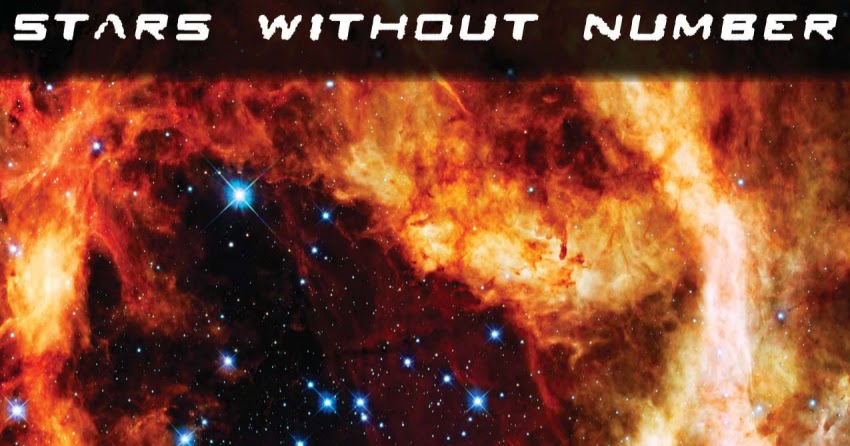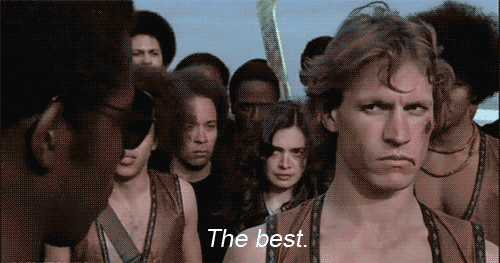Hacking Stars Without Number's faction game for the industrial revolution
# 27 Oct 2017 by Sean
This game is really thoughtfully designed, and I’m going to hack the shit out of it.
I’ve been struggling to juggle the many background criminal, political, and other mysterious factions I have in the roleplaying game I’m running, set in a very political industrializing republic. There’s a lot going on–the PCs are very much a small team in the face of everything happening, and I want the world to reflect that very strongly.
I’ve also been listening to the COUNTER/Weight season of Friends at the table, where they use the Stars without Number faction game to have the world respond to the players’ actions. So I’ve decided to port that very sci-fi opinionated system over to my steampunk/industrial revolution setting.
So far, this is turning out to be a lot easier than I had originally anticipated. While Stars is very, very sci-fi, turns out there are a lot of tropes that sci-fi shares with steampunk (or at least this industrial capitalist strain of it). Stars is quite supportive of this, and the faction game revolves around the different factions in your story sniping at and undercutting each other with force, intelligence, and outright financial weight. If that sounds a lot like what you might expect the industrial revolution’s industry barons to have been doing to you, you’re not alone. Me too.
Which is great, because I can pretty much port a bunch of stuff straight over, just reskinning or renaming things from Cyberninjas to Gobber assassins, etc.
That said, there is definitely some work to be done. Biggest things are:
- scale of planets vs scale of cities, and neighborhoods within the same city
- redefining tech levels
- accounting for economic interdependence, and monopolies
Adjusting scale
This was sort of the gateway that lead to everything else changing. I knew I wanted to use Stars’ faction game, but this was the biggest hurdle: in Stars without Number, the faction game actions all take place on a planet, and the logistics once planet-side are abstracted. Moving between planets takes time, often multiple turns, depending on the distance.
When you’re running an urban adventure, on the other hand, it doesn’t make sense for it to take multiple turns to get a secret agent from one side of the city to the other, even if they have to cross multiple neighborhoods. Even the Warriors got from the Bronx back to Coney Island in a night.

They took only a night. But then I guess they were the best.
On the other hand, it shouldn’t be trivial to plant an asset in someone else’s territory, so there needs to be some distinction.
I ended up splitting things into Fronts, and Districts.
Fronts are pretty much what Stars talks about as planets, in terms of travel distance on the map, bases of influence, asset positioning, etc. For bigger cities though, there can be multiple Districts. A small Front has at least 1 District, but if there are multiple, then there are a few new rules:
- moving an asset from District to District takes 1 action, but the asset can move itself
- a front can designate a particular District as its gateway. This makes a lot of sense for fortified Fronts with literal gates. To move an asset into the Front, they must go through the gateway District. Otherwise, assets can enter a Front in any District
- a Base of Influence in a Front must be located in a particular District. If a new faction tries to create a base in that District, follow the rules as usual for contested base creation. A faction can also have multiple bases of influence in one Front, as long as they’re in different Districts1
One of the harder things was determining what asset abilities, that used to target planets, now targeted Districts or Fronts. It’s usually the Stealth monitoring assets, or the assault assets that had to be find-tuned. In general though, if the asset was higher-level, I left it targeting the Front (planet-analog, remember), and lower-level ones now point at Districts.
The other big thing that needed to change was transport cost. The world I’ve got has some very concentrated urban areas, but then long stretches of wilderness before you get to anything else. The two main cities, for example, are spread across 3 hexes, then it’s 8 or so before you get to another Front. There is, however, a Militia that will need to move assets across that distance, so I changed a lot of the basic transport units to give them an option for extended travel, at greater cost. There’s also a wealth-asset that makes this cheaper (it’s basically an investment in the haulage companies).
I also like how isolated this makes some of the more remote Fronts feel.
Tech levels
This is a little more complicated, and I’m still playing it a bit by sense. Stars runs Tech Levels from 0 through to 5, and certain assets are only available for acquisition on worlds with the appropriate Tech Level (though there are abilities that can modify this).
I’m pretty much setting 5 as ultimate cutting edge, can probably only be found in research capitals, 4 as cutting edge, but generally available to military and well-connected industrial concerns (with the right permissions, of course), and only in major cities. 3 is available for high prices, on the open market, in major cities. 2 is what you’ find available in a mid-sized town, 1 is frontier tech, and 0 is universally available. I’m not sure it’s perfect, it this will continue to be tweaked.
The other idea I had, is that while a Front can have a tech level, certain Districts within the Front can modify that. For example, the University district might be a Tech Level higher than the Front as a whole, while the slums might be 1 lower. Like I said, this is an ongoing experiment.
Economic interdependence and monopolies
One of the harder pieces to crack is the difference in logistics capabilities of factions in vanilla Stars, and in an only-partially industrialized setting. One of the big drivers of conflict in my setting is monopoly–there’s only one rail company, because they’ve monopolized both the lines, and the technology. So literally every other faction is reliant on them for fast transport.
The problem is, that rail concern is a faction in their own right, and they could lock everyone out. They could also be locked out though by the coal producing faction, so there are balances, and it’s going to make allegiances between factions more important I think.
I think this is probably the hardest piece of the game to balance, and will take the most work. I like the idea, but I suspect I’m going to have to create new assets so that other factions can use the roads to move things around. I’m already looking at things like assets that provide a license to move military troupes on the rail lines, and a lot of the transport assets from vanilla Stars are being modified to be road-based (same ones with the range extensions).
Putting it together
Once all that’s done, the next step will probably be re-evaluating the faction tags, which I’m not using right now. It’s too many variables that I need to change. But once I get the core of the game done, then giving factions abilities and mods makes more sense. I’ll also probably look at how we stat the starting factions, because I’m not sure the recommendations make sense for mid-weight factions given that they might be incurring significantly more transport costs, or might need more bases of influence. TBD though.
I’m really hoping that these modifications will work for this game. When I read through what I’m putting together, it definitely gives the right feel: industrial espionage, competition, monopoly, and discovery. The question is going to be balance.
To solve that though, I’m going to bring my players into the faction game. Loses some of the mystery, but I’m more interested in bringing in new ideas and getting the game right. Plus, I think they’ll enjoy it, and I don’t think they’re the kind of folk to meta-game once back in their D&D game in the setting.
Also, Sine Nomine makes Stars available for free on DrivethruRPG, though they did just Kickstart a revised edition. But you should defo go get the free version, because this game has some really lovely GM tools at the very least. Plus, it’s friggin’ space opera. Go play!
-
There’s probably a King of the Hill game to figure out here, where the faction with the most bases takes on some amount of authority in running the Front. Not necessarily governmental though, because that won’t always work for criminal factions ↩
